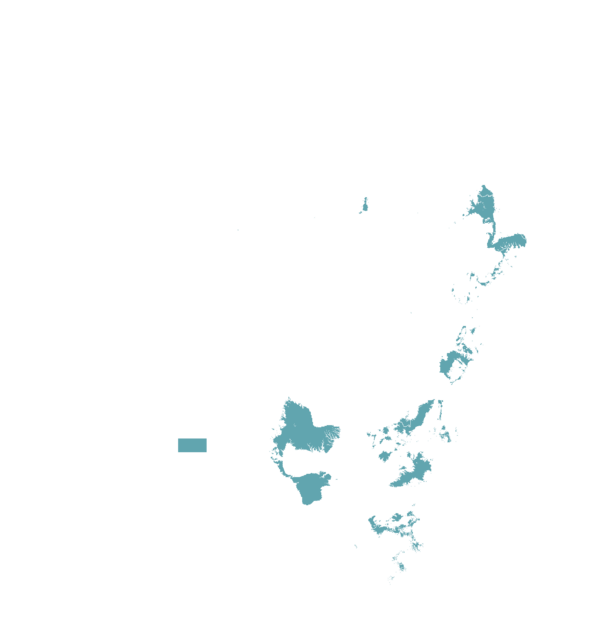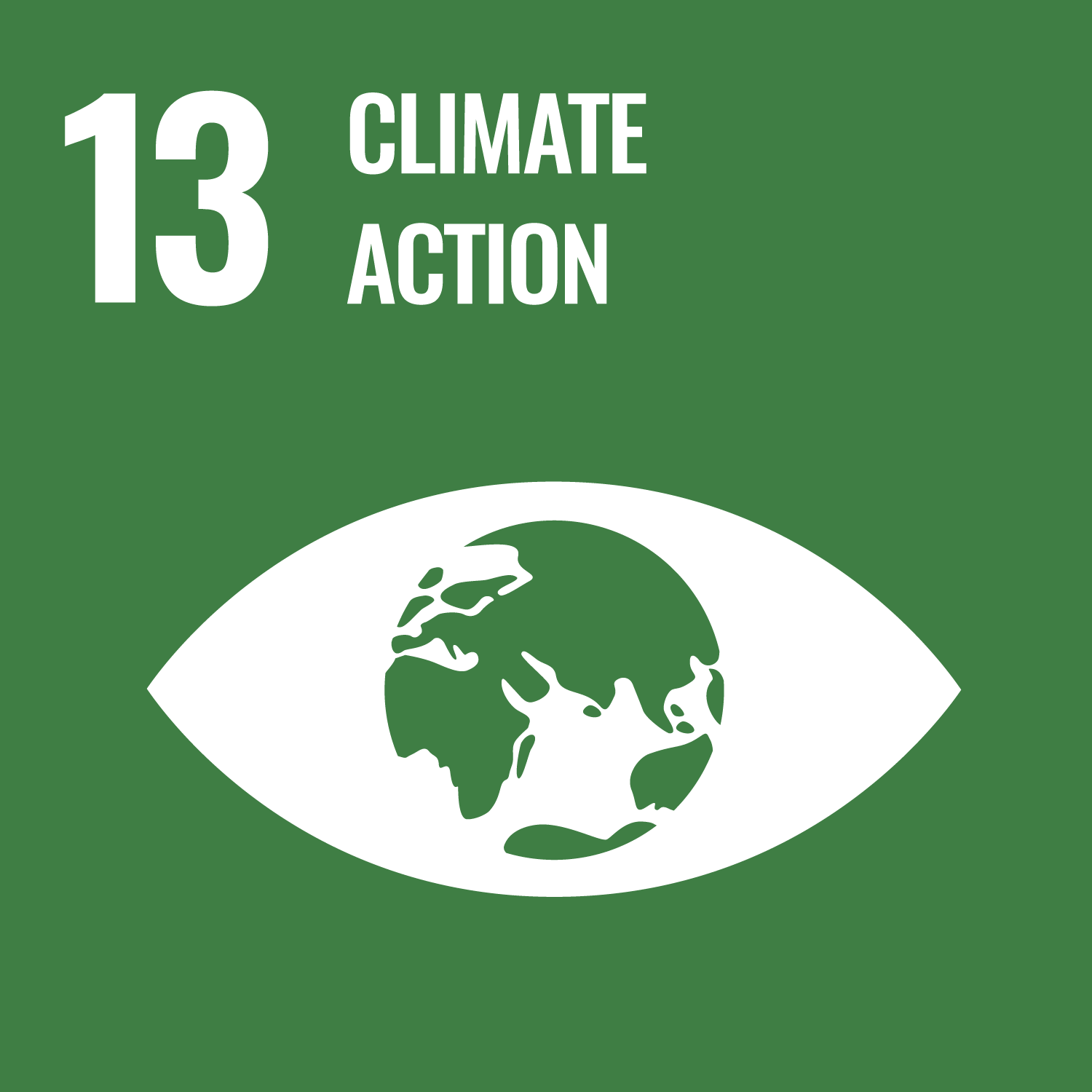

Unleashing Prosperity with Resilient Rice - Medium Cycle, Maximum Yield, Unmatched Quality
Rice Swarna 2 F1 is an improved rice variety engineered for high yields, reaching up to 12 tons per hectare, with a sweet and fragrant aroma. It boasts a high milling percentage above 70% and strong tolerance to Bacterial Leaf Blight (BLB) and blast diseases. This hybrid seed offers double the yield potential of traditional Open Pollinated Varieties (OPVs), delivering significantly higher returns for farmers. This variety represents a major advancement in sustainable, high-yield rice cultivation across regions in Africa.
This technology is pre-validated.
Adults 18 and over: Positive high
The poor: Positive high
Under 18: Positive medium
Women: Positive high
Climate adaptability: Highly adaptable
Farmer climate change readiness: Significant improvement
Biodiversity: No impact on biodiversity
Carbon footprint: Much less carbon released
Soil quality: Does not affect soil health and fertility
Water use: Much less water used
Low Yields: Inadequate farming practices and unpredictable climate contribute to suboptimal rice yields, affecting food security.
Insufficient Milling Percentage: Suboptimal rice milling results in economic losses, compromising market value and consumer satisfaction.
Reduced Tolerance to Bacterial Leaf Blight (BLB): Vulnerability to BLB poses a significant threat, leading to substantial yield losses and highlighting the need for enhanced tolerance.
Susceptibility to Blast Disease: Blast disease, caused by Pyricularia fungi, remains a major concern. Current rice varieties lack the necessary resistance, resulting in significant crop losses.
High Yields: Achieving up to 10 MT/ha, surpassing the challenge of low rice yields and enhancing food security.
Optimal Milling Percentage: Boasting a milling percentage above 70%, this variety mitigates economic losses and improves market value.
Robust Tolerance to Diseases: Engineered to resist both Bacterial Leaf Blight (BLB) and blast diseases, overcoming vulnerabilities in traditional rice crops.
Non-Sticky for Superior Cooking Quality: The non-sticky nature addresses cooking quality concerns, offering a delightful culinary experience.
Elimination of Chalkiness: Overcoming chalkiness issues, ensuring a visually appealing and marketable rice product.
Intermediate Amylose Content: Balancing amylose levels, this variety provides a desirable texture, addressing the challenge of suboptimal rice quality.
Rice Swarna 2, a high-yielding and disease-resistant rice variety, has the potential to address gender equality and climate change, contributing to UN Sustainable Development Goals (SDGs). Increased yields could empower women in agriculture (SDG 5) by improving household food security and livelihoods. Reduced disease susceptibility might lead to lower pesticide use, potentially benefiting the environment (SDG 13).
Successfully implementing Rice Swarna 2 technology requires a well-defined plan:
First, secure certified seeds and identify suitable land with proper drainage and irrigation.
Next, train farmers on Swarna 2 specific planting methods, including seed sowing, planting density, weed control, fertilization, and irrigation.
With trained farmers, proceed with planting Swarna 2 seeds according to recommended spacing.
Throughout the growing season, implement proper weed control, fertilization, and irrigation practices as outlined during farmer training.
Finally, monitor crop health and assess yield at harvest to measure success and identify areas for improvement.
Remember, having access to necessary tools and equipment throughout the project is vital. By following this comprehensive plan, you can increase your chances of a successful Rice Swarna 2 implementation. It's always best to consult with agricultural experts or the TAAT e-catalogs directly for the most accurate information. They can provide specific recommendations based on the unique needs and conditions of your farming operations.
Average cost of seeds for a farmer /ha
Average gross income /ha
Total input costs /ha
Scaling Readiness describes how complete a technology’s development is and its ability to be scaled. It produces a score that measures a technology’s readiness along two axes: the level of maturity of the idea itself, and the level to which the technology has been used so far.
Each axis goes from 0 to 9 where 9 is the “ready-to-scale” status. For each technology profile in the e-catalogs we have documented the scaling readiness status from evidence given by the technology providers. The e-catalogs only showcase technologies for which the scaling readiness score is at least 8 for maturity of the idea and 7 for the level of use.
The graph below represents visually the scaling readiness status for this technology, you can see the label of each level by hovering your mouse cursor on the number.
Read more about scaling readiness ›
Uncontrolled environment: validated
Common use by intended users, in the real world
| Maturity of the idea | Level of use | |||||||||
| 9 | ||||||||||
| 8 | ||||||||||
| 7 | ||||||||||
| 6 | ||||||||||
| 5 | ||||||||||
| 4 | ||||||||||
| 3 | ||||||||||
| 2 | ||||||||||
| 1 | ||||||||||
| 1 | 2 | 3 | 4 | 5 | 6 | 7 | 8 | 9 | ||
| Country | Testing ongoing | Tested | Adopted |
|---|---|---|---|
| Benin | –No ongoing testing | Tested | –Not adopted |
| Burkina Faso | –No ongoing testing | Tested | –Not adopted |
| Côte d’Ivoire | –No ongoing testing | Tested | Adopted |
| Ghana | –No ongoing testing | Tested | Adopted |
| Guinea | –No ongoing testing | Tested | Adopted |
| Mali | –No ongoing testing | Tested | Adopted |
| Niger | –No ongoing testing | Tested | Adopted |
| Nigeria | –No ongoing testing | Tested | –Not adopted |
| Senegal | –No ongoing testing | Tested | –Not adopted |
| Sierra Leone | –No ongoing testing | Tested | –Not adopted |
| Tanzania | –No ongoing testing | Tested | Adopted |
This technology can be used in the colored agro-ecological zones. Any zones shown in white are not suitable for this technology.









| AEZ | Subtropic - warm | Subtropic - cool | Tropic - warm | Tropic - cool |
|---|---|---|---|---|
| Arid | – | – | – | – |
| Semiarid | – | – | ||
| Subhumid | – | – | ||
| Humid |
Source: HarvestChoice/IFPRI 2009
The United Nations Sustainable Development Goals that are applicable to this technology.



Last updated on 16 September 2024